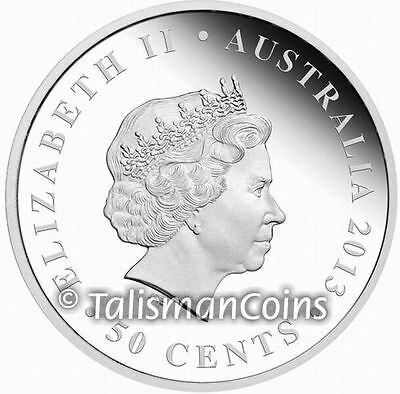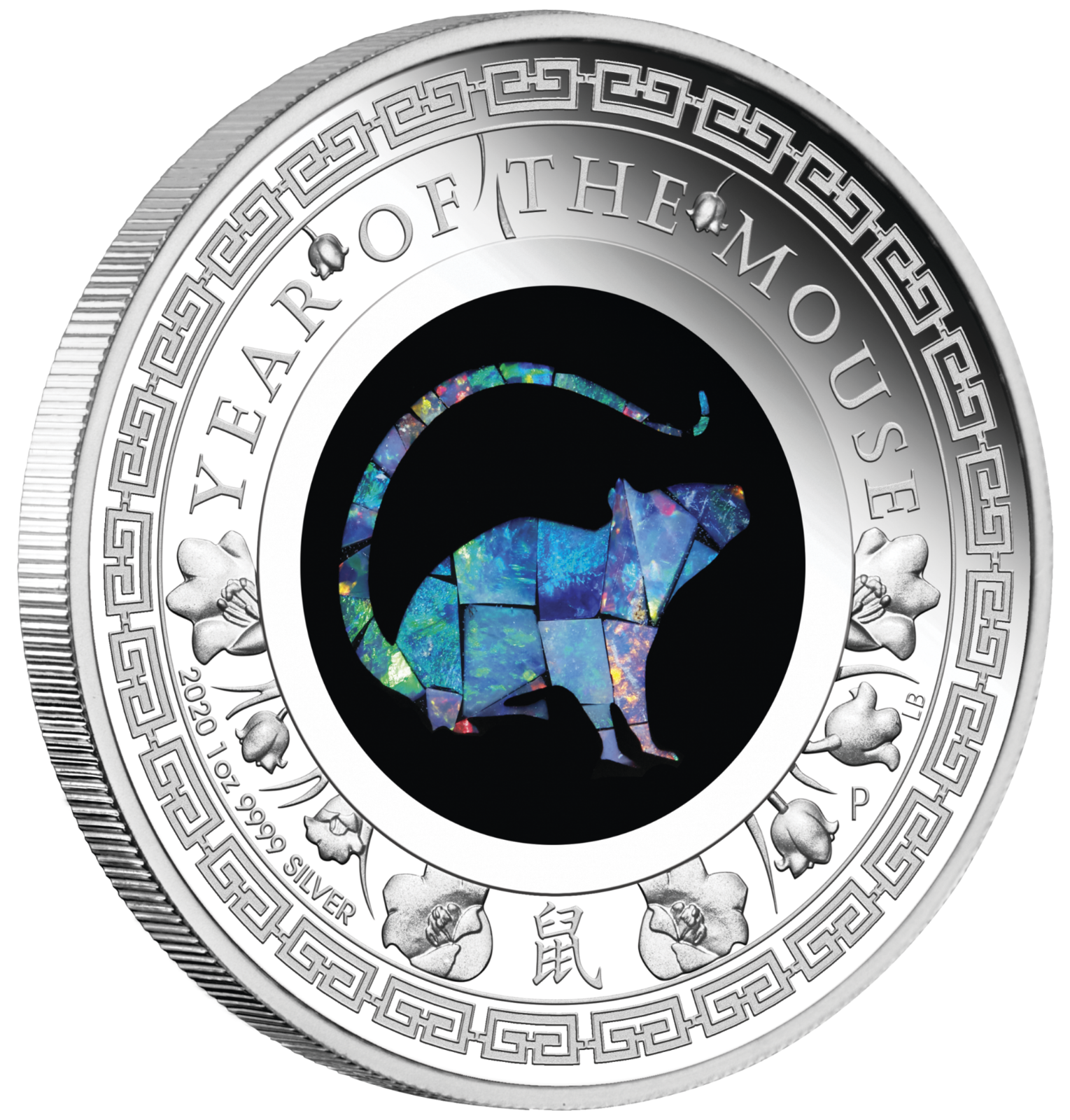-40%
Australia 2013 Christmas Tree Holiday 50 Cents Pure Silver Half Dollar Proof
$ 33.23
- Description
- Size Guide
Description
Celebrate the Holiday season with this stunningly colored, amazingly affordable and extremely low mintage pure silver Christmas tree proof!In Stock and Ready for Immediate Shipment!
It may be the height of summer in the
Land Down Under
when the
holiday season
begins, but yes, Virginia, they do celebrate
Christmas
in Australia nonetheless! This spectacularly colored, pure silver proof is a genuine Australian legal tender half dollar! Depicting a vibrantly hued
Christmas tree
decorated with festive ornaments (with a gold star on top, naturally), set against a backdrop of stars, this beauty wishes you (or the recipient of your most generous gift of precious metal!) a "Merry Christmas" in script letters. The handsome presentation and display packaging (including individually numbered certificate of authenticity and full color outer box), tremendously affordable price point, and
extremely low mintage limit of only 5,000
make this a real winner!
Extremely attractive, thoughtful and affordable - make someone special's holiday complete now!
Origins, History and Legends of the Christmas Tree
The Egyptians were part of a long line of cultures that treasured and worshiped evergreens. When the winter solstice arrive, they brought green date palm leaves into their homes to symbolize life's triumph over death. The Romans celebrated the winter solstice with a fest called Saturnalia in honor of Saturnus, the god of agriculture. They decorated their houses with greens and lights and exchanged gifts. They gave coins for prosperity, pastries for happiness, and lamps to light one's journey through life.
Centuries ago in Great Britain, woods priests called Druids used evergreens during mysterious winter solstice rituals. The Druids used holly and mistletoe as symbols of eternal life, and place evergreen branches over doors to keep away evil spirits. Late in the Middle Ages, Germans and Scandinavians placed evergreen trees inside their homes or just outside their doors to show their hope in the forthcoming spring. Our modern
Christmas tree
evolved from these early traditions.
Legend has it that Martin Luther began the tradition of decorating trees to celebrate Christmas. One crisp Christmas Eve, about the year 1500, he was walking through snow-covered woods and was struck by the beauty of a group of small evergreens. Their branches, dusted with snow, shimmered in the moonlight. When he got home, he set up a little fir tree indoors so he could share this story with his children. He decorated it with candles, which he lighted in honor of Christ's birth.
The
Christmas tree tradition
most likely came to the United States with Hessian troops during the American Revolution, or with German immigrants to Pennsylvania and Ohio. But the custom spread slowly. The Puritans banned Christmas trees in New England. Even as late as 1851, a Cleveland minister nearly lost his job because he allowed a tree in his church. Schools in Boston stayed open on Christmas Day through 1870, and sometimes expelled students who stayed home.
The Christmas tree market was born in 1851 when Catskill farmer Mark Carr hauled two ox sleds of evergreens into New York City and sold them all. By 1900, one in five American families had a Christmas tree, and 20 years later, the custom was nearly universal. Christmas tree farms sprang up during the depression. Nurserymen couldn't sell their evergreens for landscaping, so they cut them for Christmas trees. Cultivated trees were preferred because they have a more symmetrical shape then wild ones.
Six species account for about 90 percent of the nation's
Christmas tree
trade. Scotch pine ranks first, comprising about 40 percent of the market, followed by Douglas fir which accounts for about 35 percent. The other big sellers are noble fir, white pine, balsam fir and white spruce.
Technology Note
The Perth Mint of Australia employs its own proprietary colorization technology, in which the color is actually sealed on the coin. The vibrant hues and precise execution of the technology create a stunning, full-color portrait on each coin.
Obverse
The central, color image is of a vibrantly hued
Christmas tree
decorated with festive ornaments (with a gold star on top, naturally), set against a backdrop of stars. The Perth Mint's "P" mint mark is judiciously placed near the edge in the foliage. The legend defines the theme: MERRY CHRISTMAS. The legend 1/2 OZ 999 SILVER guarantees the weight and purity.
Reverse
Her Majesty,
Queen Elizabeth II
, in crowned profile facing right. This portrait, featuring Her Majesty wearing a tiara and pearl earrings, was executed by the sculptor Ian Rank-Broadley. The legend ELIZABETH II, the date of issue and denomination also appear.
Packaging
The coin is encapsulated inside a handsome taupe leatherette, clamshell-style presentation case, lined with black velvet and satin, and protected by a full-color outer box. An individually-numbered certificate of authenticity is included.
Specifications
Country
Australia
Mint
Perth Mint of Australia
Year of Issue
2013
Face Value
50 Cents
Weight
15.591 g
Diameter
36.60 mm
Gauge (Thickness)
2.30 mm
Mintage Limit
5,000
Finish
Proof with Color
Composition
.999 Fine (Pure) Silver
Edge
Reeded (milled, serrated)
Artist
Aleysha Howarth (obverse)
Ian Rank-Broadley (reverse)
Certificate
Individually Numbered
Talisman World Coins and Medals has been in business for more than 20 years and is one of the largest world coin direct distributors and wholesalers in the world. ANA Life Member.
Copyright © 2013 Talisman World Coins and Medals. All Rights Reserved.













